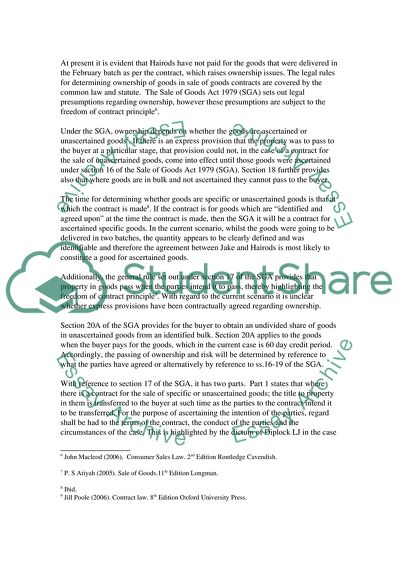Cite this document
(Contract Law: Jakes Contract with Hairods Case Study - 5, n.d.)
Contract Law: Jakes Contract with Hairods Case Study - 5. https://studentshare.org/law/1724656-contract-law
Contract Law: Jakes Contract with Hairods Case Study - 5. https://studentshare.org/law/1724656-contract-law
(Contract Law: Jakes Contract With Hairods Case Study - 5)
Contract Law: Jakes Contract With Hairods Case Study - 5. https://studentshare.org/law/1724656-contract-law.
Contract Law: Jakes Contract With Hairods Case Study - 5. https://studentshare.org/law/1724656-contract-law.
“Contract Law: Jakes Contract With Hairods Case Study - 5”. https://studentshare.org/law/1724656-contract-law.


